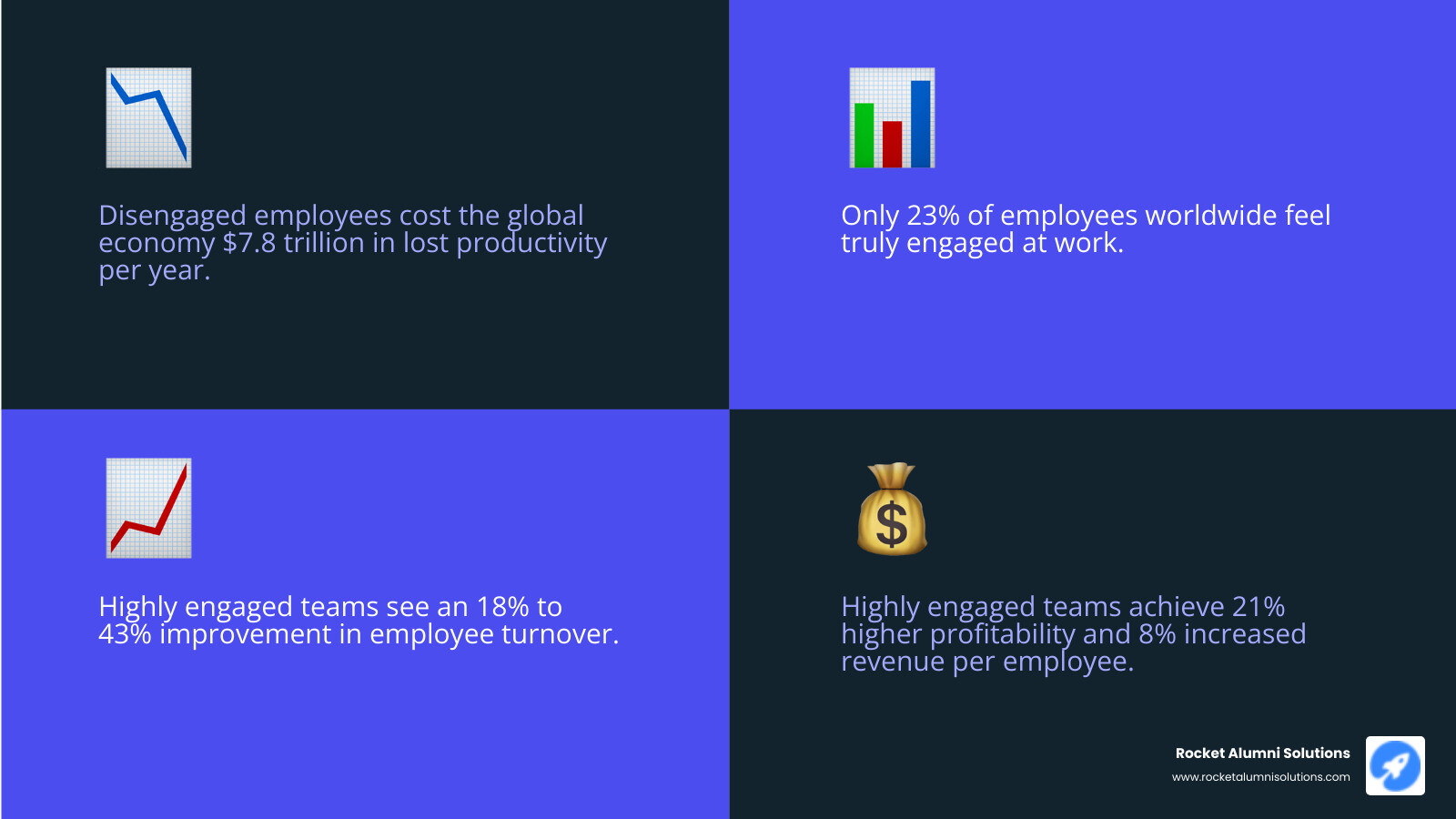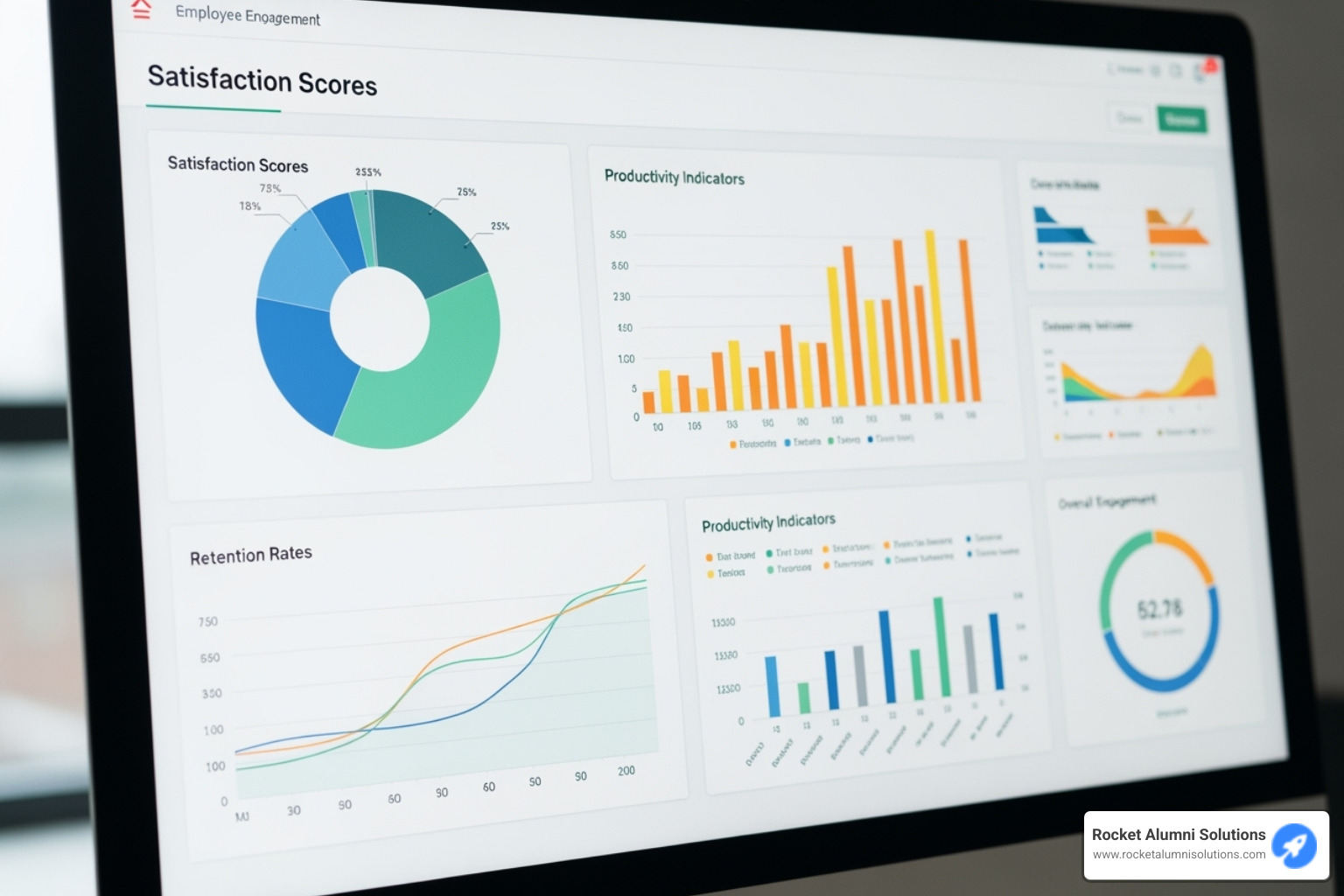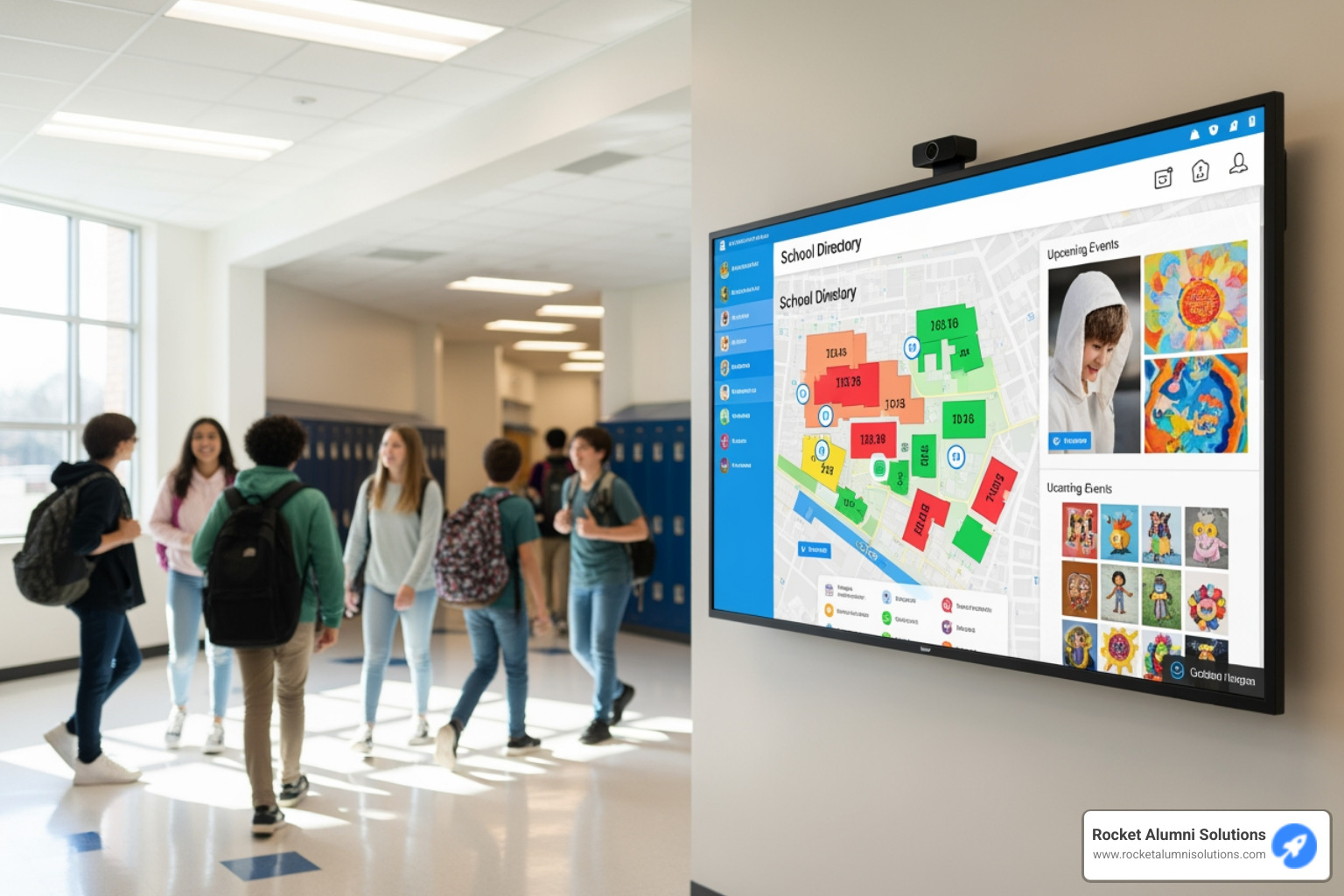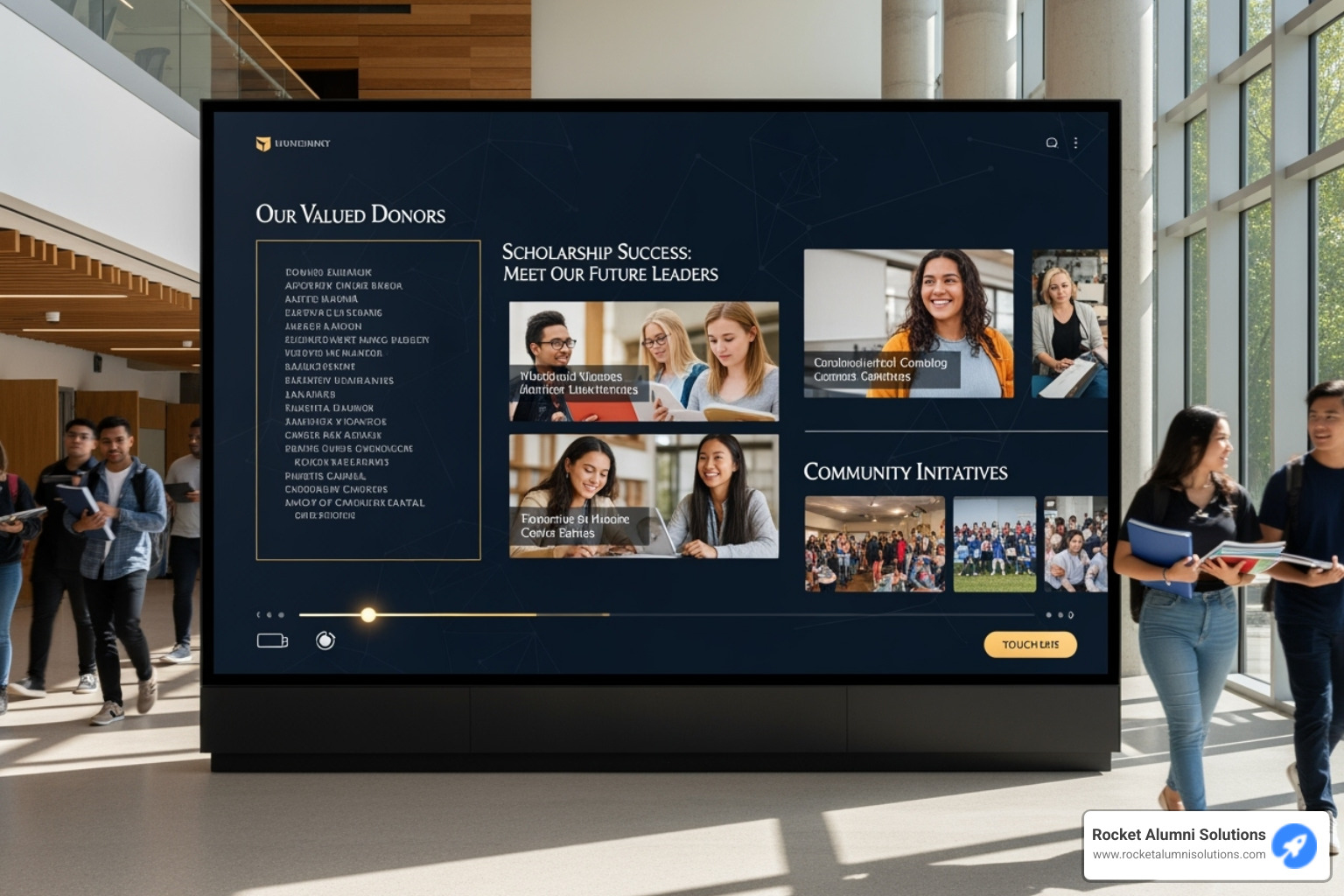Why Employee Engagement is More Than Just a Buzzword
Employee engagement strategies are the systematic approaches organizations use to foster emotional commitment, motivation, and connection between employees and their workplace. Here are the most effective strategies that drive real results:
Top Employee Engagement Strategies:
- Flexible work arrangements - Allow remote work and flexible schedules
- Recognition programs - Implement peer-to-peer and leadership recognition
- Career development opportunities - Provide mentorship, training, and clear growth paths
- Open communication - Foster transparency and two-way feedback
- Employee well-being programs - Support mental, physical, and financial health
- Autonomy and empowerment - Trust employees to make decisions and manage their work
- Regular feedback - Use pulse surveys and stay interviews instead of annual reviews
The stakes couldn't be higher. Disengaged employees cost the global economy $7.8 trillion in lost productivity per year, according to Gallup research. Yet only 23% of employees worldwide feel truly engaged at work. When you consider that highly engaged teams see 18% to 43% improvement in turnover and 8% increase in revenue per employee, the business case becomes crystal clear.
The challenge isn't knowing that engagement matters - it's moving beyond surface-level perks like pizza parties to create genuine emotional connection. As one HR expert noted: "Pizza parties are fun but don't meaningfully demonstrate care for employees." Real engagement comes from addressing fundamental needs: trust, purpose, growth, and recognition.
I'm Chase McKee, Founder & CEO of Rocket Alumni Solutions, where we've grown to $3M+ ARR by focusing on community recognition and engagement through interactive displays. Through building donor recognition systems and employee engagement solutions, I've learned that employee engagement strategies must center on making people feel valued and connected to a larger purpose.

The Core Drivers: What Truly Motivates Your Workforce?
Here's what I've learned after building Rocket Alumni Solutions into a $3M+ company: employee engagement isn't about surface-level happiness. It's about creating genuine emotional commitment where people feel passionate about their work and willing to go above and beyond.
Think of it this way - a satisfied employee might do their job well, but an engaged employee will stay late to help a teammate, suggest improvements without being asked, and genuinely care about your company's success. That's the difference we're after.
Psychological safety forms the foundation of everything else. When your team feels safe to share wild ideas, admit mistakes, or ask questions without judgment, magic happens. I've seen quiet team members transform into innovative contributors once they felt truly safe to speak up.
But safety alone isn't enough. People crave meaningful work and a sense of purpose. At Rocket Alumni Solutions, we help schools and communities celebrate achievements through digital displays. Our team doesn't just see themselves as tech workers - they know they're helping preserve memories and honor accomplishments. When employees understand how their daily tasks connect to something bigger, their energy and dedication naturally increase.
Autonomy might be the most undervalued driver. Research shows that autonomous employees are 79% more engaged in their jobs. When you trust people to manage their work, choose their methods, and make decisions, they feel ownership. Micromanagement kills this instantly.
Trust in leadership and shared company values work hand in hand. Your team watches what you do, not just what you say. If your values are just pretty words on the wall, people notice. But when leaders consistently demonstrate integrity and genuine care, trust builds naturally.
Finally, positive relationships with supervisors can make or break engagement. The key drivers of employee engagement research confirms that manager support is crucial. Great managers build rapport through trust and expertise, not forced team-building activities.

Fostering a Culture of Trust and Purpose
Your company culture isn't something that just happens - it's something you build intentionally. Neglect it, and you'll get a culture by default, which rarely serves anyone well.
Leadership sets the tone for everything. When executives show transparency and model core values daily, it creates a ripple effect. I've found that when I share both wins and struggles with my team, they're more likely to trust my decisions and communicate openly with me. Research backs this up: 96% of engaged employees report trusting their leadership.
Real values aren't just marketing speak. Look at companies like Ben & Jerry's, which actively addresses social responsibility and values through their business decisions. They don't just talk about social justice - they use their platform to advocate for voting rights and climate action. While we're not making ice cream, we can still ensure our values show up in how we treat customers, make business decisions, and support our community.
Setting clear expectations eliminates so much frustration. When people know exactly what success looks like, they can focus their energy on achieving it rather than guessing what you want. We use structured onboarding plans that outline the first 30, 60, and 90 days for new team members. This clarity helps them feel confident and productive from day one.
The magic happens when you align individual roles with your company mission. When someone in customer service understands how their friendly interaction helps schools celebrate student achievements, their work becomes more than just answering emails - it becomes part of creating joy and recognition in communities.
Empowering Employees Through Autonomy and Flexibility
Flexibility isn't a nice-to-have anymore - it's essential for keeping good people engaged. The old model of everyone sitting in the same office from 9 to 5 just doesn't work for many talented individuals.
Work-life balance means different things to different people. Some thrive working from home in their pajamas, while others need the energy of an office environment. Some are night owls, others are early birds. When you focus on outputs over inputs - what gets accomplished rather than when or where it happens - you tap into people's natural productivity patterns.
Research on autonomy and morale shows that people are 12% more likely to report job satisfaction when they have freedom and autonomy. On the flip side, 68% of people say their morale decreases when they lack autonomy. That's a pretty clear message.
Trusting employees to manage their work doesn't mean abandoning accountability. It means setting clear goals and deadlines, then stepping back to let people figure out the best way to achieve them. Some of my best team members work unconventional hours or use methods I never would have thought of - and they consistently deliver excellent results.
The key is creating flexible work arrangements that actually work for your business. This might mean core collaboration hours when everyone's available, or project-based deadlines rather than daily check-ins. When you give people the freedom to work in ways that suit their lives and work styles, they'll often exceed your expectations rather than just meet them.
Building Your Foundation: Key Employee Engagement Strategies for a Thriving Culture
Creating a workplace where people genuinely want to show up takes more than wishful thinking. It requires an actionable plan, a commitment to continuous improvement, and a holistic approach that touches every corner of your organization.
Think of building engagement like constructing a house. You need solid foundations, strong pillars, and ongoing maintenance. The most successful employee engagement strategies aren't one-size-fits-all solutions – they're carefully crafted approaches that evolve with your team's needs.
At Rocket Alumni Solutions, we've learned that sustainable engagement comes from addressing the whole person, not just the employee. It's about creating an environment where both individuals and the entire organization can thrive together.

Communication and Transparency: The Bedrock of Engagement
Imagine trying to feel connected to someone who never tells you what's going on. That's exactly how employees feel when leadership keeps them in the dark. Open communication isn't just nice to have – it's the foundation that everything else builds on.
Real communication flows both ways. We're not just talking about company newsletters or all-hands meetings. We're talking about creating spaces where people feel safe sharing their honest thoughts, concerns, and ideas. When employees feel truly heard, they're almost 5 times more likely to give their best effort. That translates to real results – 74% of employees say they're more productive when they know their voice matters.
Radical transparency might sound scary, but it's incredibly powerful. Research shows that workplace transparency increases employee engagement and improves how people view their managers. When you share company goals openly, discuss challenges honestly, and explain the "why" behind decisions, something magical happens. People stop feeling like they're just following orders and start feeling like they're part of something bigger.
Building trust through two-way feedback means asking questions and actually listening to the answers. It means sharing regular updates about where the company is headed and being honest when things get tough. When people understand the bigger picture, they're naturally more invested in helping write the next chapter.
Career Development: A Core Component of Your Employee Engagement Strategies
Nothing kills engagement faster than feeling stuck. When people can't see a path forward, they start looking for the exit. That's why career development isn't just an HR program – it's one of the most powerful employee engagement strategies you can implement.
Growth opportunities come in many forms. Maybe it's a formal mentorship program where experienced team members guide newer ones. Organizations with mentoring programs see 57% higher employee engagement and retention. There's something special about these relationships – both the mentor and mentee benefit, creating connections that strengthen the entire organization.
Internal mobility is another game-changer. When you encourage people to explore different roles and departments, you're showing them that their career doesn't have to hit a dead end. Companies that promote from within see employees stay 41% longer than those that don't. Cross-department training, job rotations, and stretch assignments give people new challenges while keeping institutional knowledge in-house.
The key is making career paths visible and achievable. According to LinkedIn's Global Talent Trends report, 47% of higher-educated workers would leave for better career opportunities elsewhere. When people can visualize their next step – and the step after that – they're more likely to stick around and invest their energy in growing with you.
Upskilling and reskilling programs show employees you're committed to their long-term success. Whether it's technical training, leadership development, or helping someone pivot to a new area of interest, these investments pay dividends in engagement and loyalty.
Recognition and Well-being: Powerful Employee Engagement Strategies
Here's something we've learned from years of creating recognition solutions: people don't just want to be paid – they want to be seen. Recognition and well-being programs tap into fundamental human needs that go way beyond the paycheck.
Employee well-being means looking at the whole person. It's not just about offering gym memberships (though those are nice). It's about supporting mental health, helping people balance work and life, and creating an environment where people can thrive. Recent surveys show that 81% of people consider employer mental health support when looking for new jobs. When leaders practice self-compassion and model healthy boundaries, it gives everyone permission to prioritize their well-being.
Recognition programs don't have to be expensive to be effective. Sometimes a heartfelt thank-you note or public acknowledgment means more than a bonus. Employees who feel recognized are 4 times more likely to be actively engaged. The magic happens when recognition becomes part of your daily culture, not just an annual awards ceremony.
Peer-to-peer kudos create connections across teams and departments. When people celebrate each other's wins, it builds a sense of community that no top-down program can match. Celebrating milestones – work anniversaries, project completions, personal achievements – shows people that you see them as whole human beings, not just workers.
At Rocket Alumni Solutions, we understand the power of digital recognition walls and celebrating success in ways that stick. Our experience with creating engaging, visual recognition solutions has taught us that when achievements are displayed prominently and shared widely, the impact multiplies. People don't just feel good about their own recognition – they feel proud to be part of an organization that celebrates everyone's contributions.
Measuring What Matters: How to Track and Refine Your Engagement Efforts
Building effective employee engagement strategies is just the beginning. The real magic happens when we start measuring what's working and what isn't. Think of it like tending a garden - you can't just plant seeds and hope for the best. You need to check the soil, watch for growth, and adjust your approach based on what you see blooming.
A data-driven approach gives us the insights we need to make smart decisions. Instead of guessing whether our team feels connected and motivated, we can gather real feedback through various mechanisms. This commitment to continuous listening means we're always tuning in to what our people need, rather than making assumptions from the corner office.

Leveraging Feedback for Continuous Improvement
Here's the thing about traditional annual surveys - they're like getting a yearly physical and expecting to stay healthy. By the time you get the results, the problems have already festered for months. Annual surveys often suffer from low response rates (around 30%) and feel like "tick-box exercises" where nothing actually changes after employees share their thoughts.
We've learned to accept more agile methods that keep our finger on the pulse year-round. Pulse surveys are our go-to tool - these quick, focused surveys pop up throughout the year and give us real-time insights. They're short enough that people actually complete them, and we can address issues while they're still manageable. The key is genuine anonymity because people need to feel safe sharing honest feedback.
One-on-one meetings create space for deeper conversations between managers and their team members. These aren't just status updates about projects - they're opportunities to discuss career goals, address concerns, and build stronger relationships. When done well, these meetings become something employees look forward to rather than dread.
Stay interviews might be our most underused secret weapon. Instead of waiting for exit interviews when someone's already walking out the door, we proactively ask current employees why they stay, what energizes them, and what might tempt them to leave. It's like relationship maintenance - much easier to address small issues before they become deal-breakers.
Focus groups help us dig deeper into specific topics or concerns within teams. Sometimes you need that group dynamic to uncover insights that don't surface in individual conversations.
But here's the crucial part - taking action on feedback is what separates engaged organizations from the rest. We always share survey results with our team and communicate the changes we're making based on their input. Highly engaged employees are 3.1 times more likely to say their organization takes their feedback seriously compared to disengaged employees. When people see their suggestions turn into real improvements, they know their voice matters.
Key Metrics to Monitor
Tracking the right metrics helps us understand whether our employee engagement strategies are actually moving the needle. We focus on both leading indicators (things that predict future engagement) and lagging indicators (outcomes that show past performance).
| Indicator Type | Metric | Description |
|---|
| Leading | Employee Net Promoter Score (eNPS) | Measures how likely employees are to recommend our organization as a place to work. It's like a report card from the people who know us best. |
| Leading | Participation in initiatives | When people actively join company programs and volunteer for projects, it shows they're invested in our success. |
| Lagging | Employee turnover rates | High turnover often signals engagement problems, especially when good performers start leaving. |
| Lagging | Absenteeism rates | Frequent absences can indicate burnout, disengagement, or workplace stress. |
| Lagging | Productivity levels | Engaged employees naturally perform better and contribute more discretionary effort. |
The Employee Net Promoter Score is particularly powerful because it captures emotional connection, not just satisfaction. Someone might be satisfied with their job but not excited enough to recommend us to their talented friends. That's the difference between retention and true engagement.
Productivity levels tell us whether our engagement efforts translate into better business results. When people feel connected to their work and valued by their organization, they naturally put in more effort and produce higher quality work.
At Rocket Alumni Solutions, we understand the importance of recognition in driving these metrics. Our digital recognition solutions help organizations celebrate achievements in real-time, creating those positive moments that boost engagement scores and reduce turnover. When people feel seen and appreciated through dynamic displays and digital celebrations, it shows up in every metric that matters.



















































































































































































































































































































